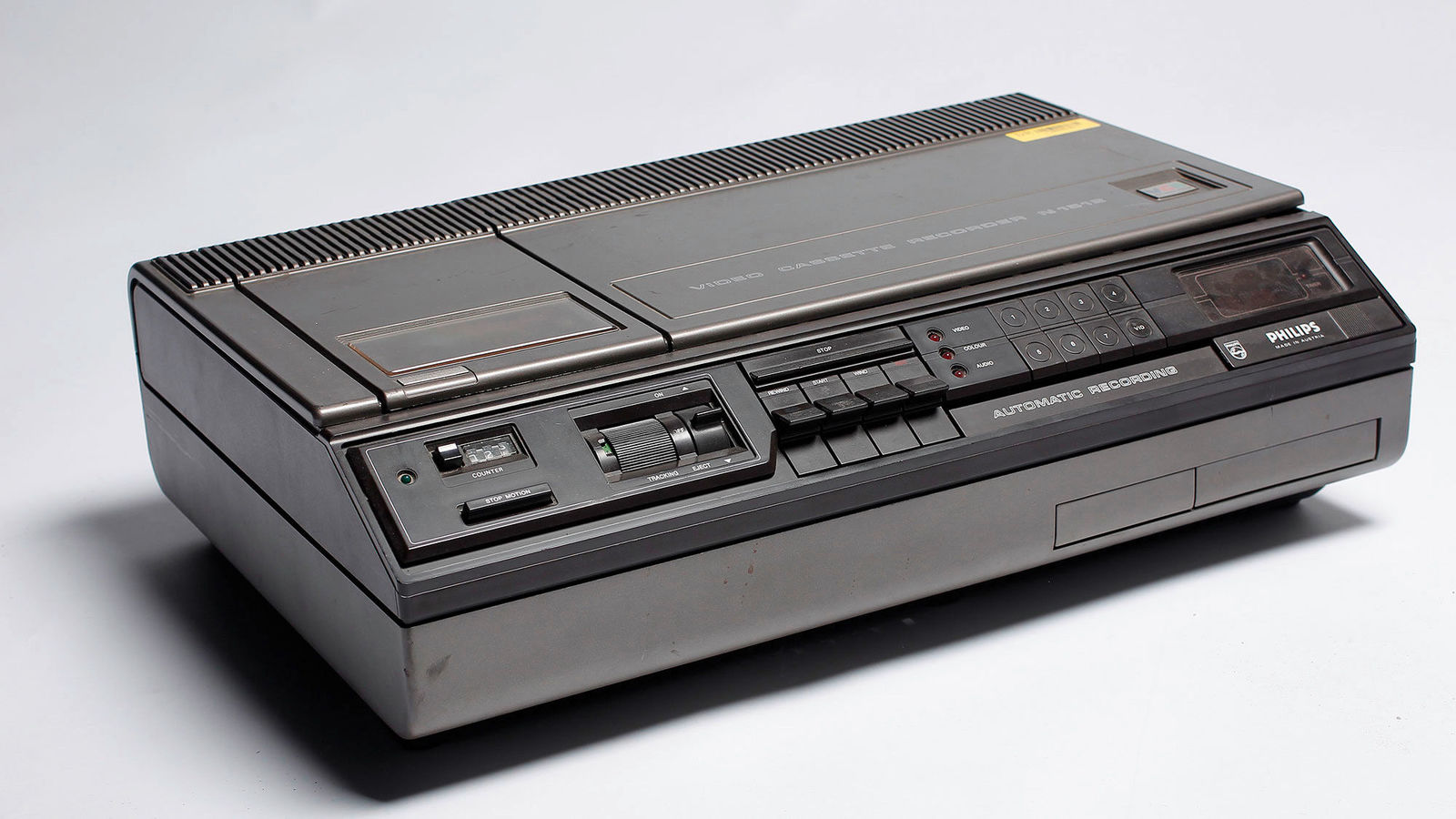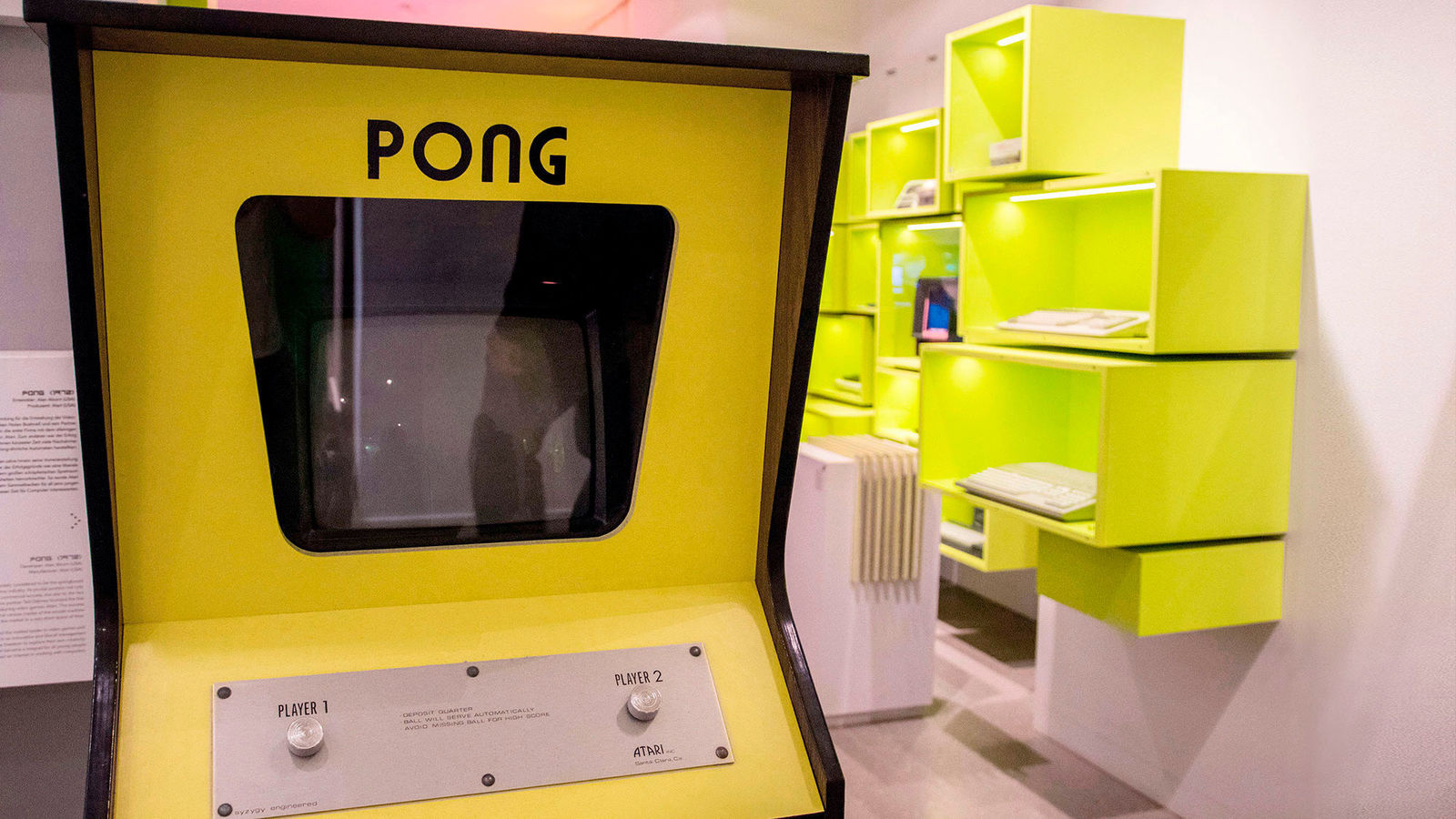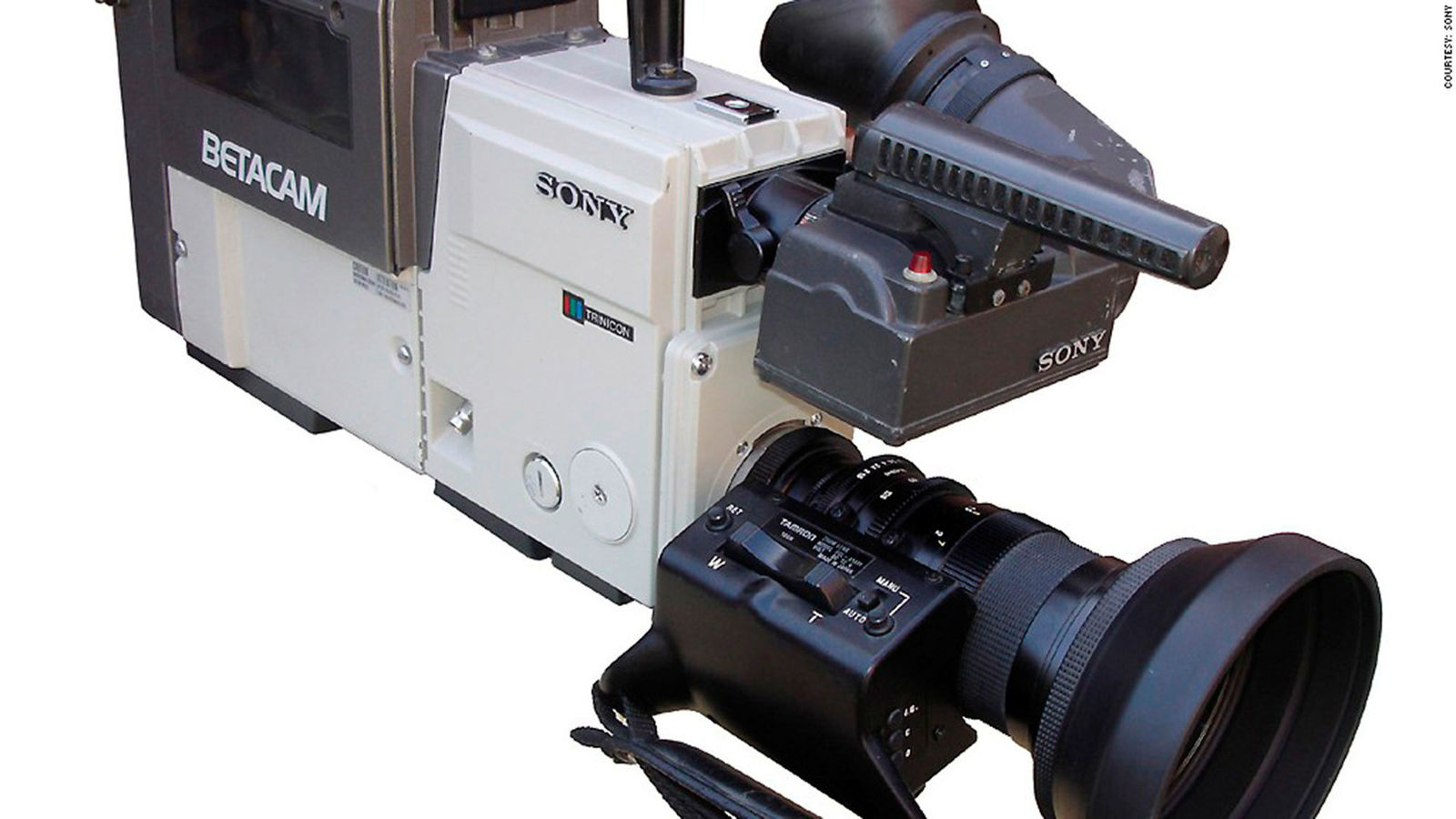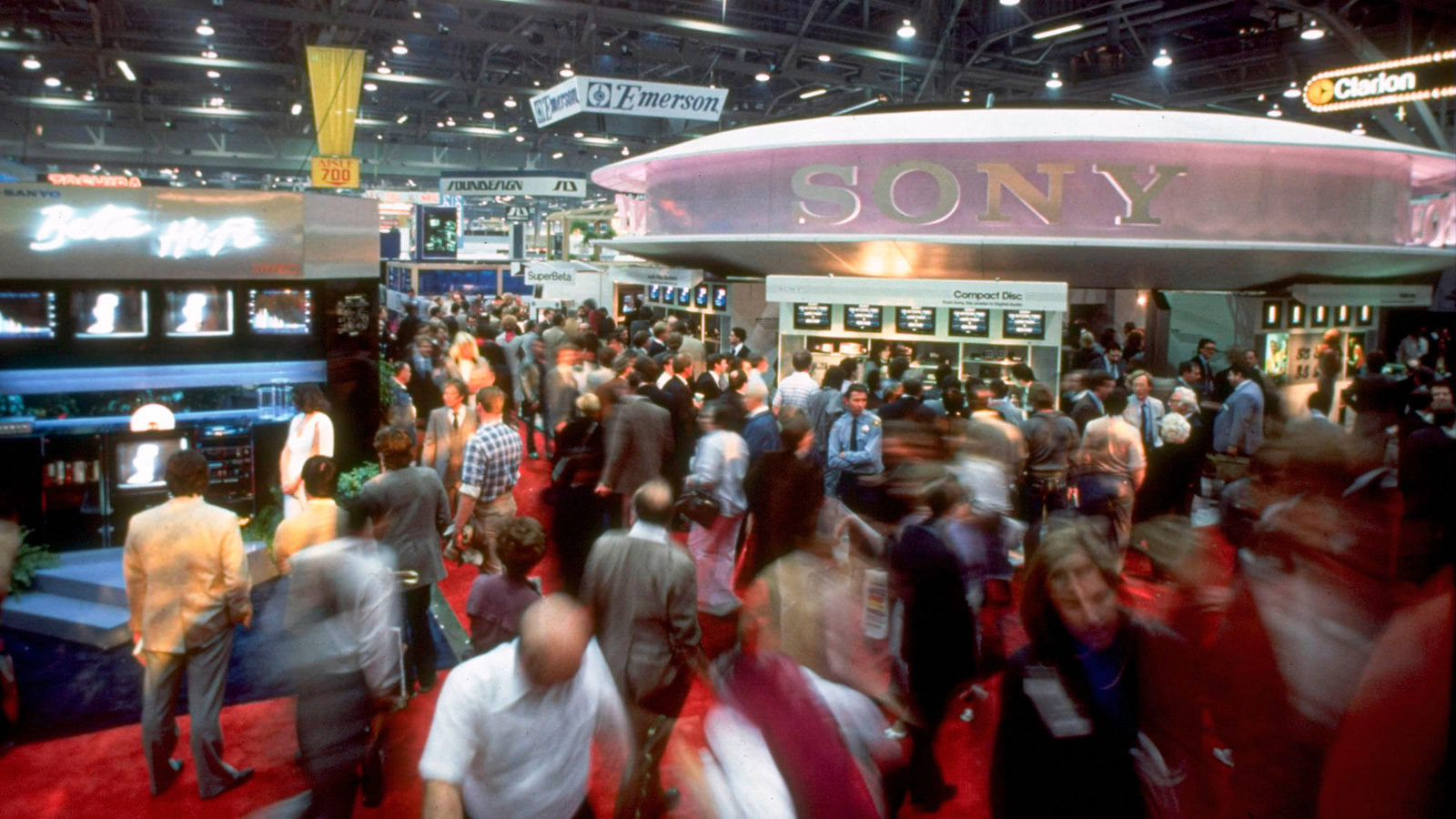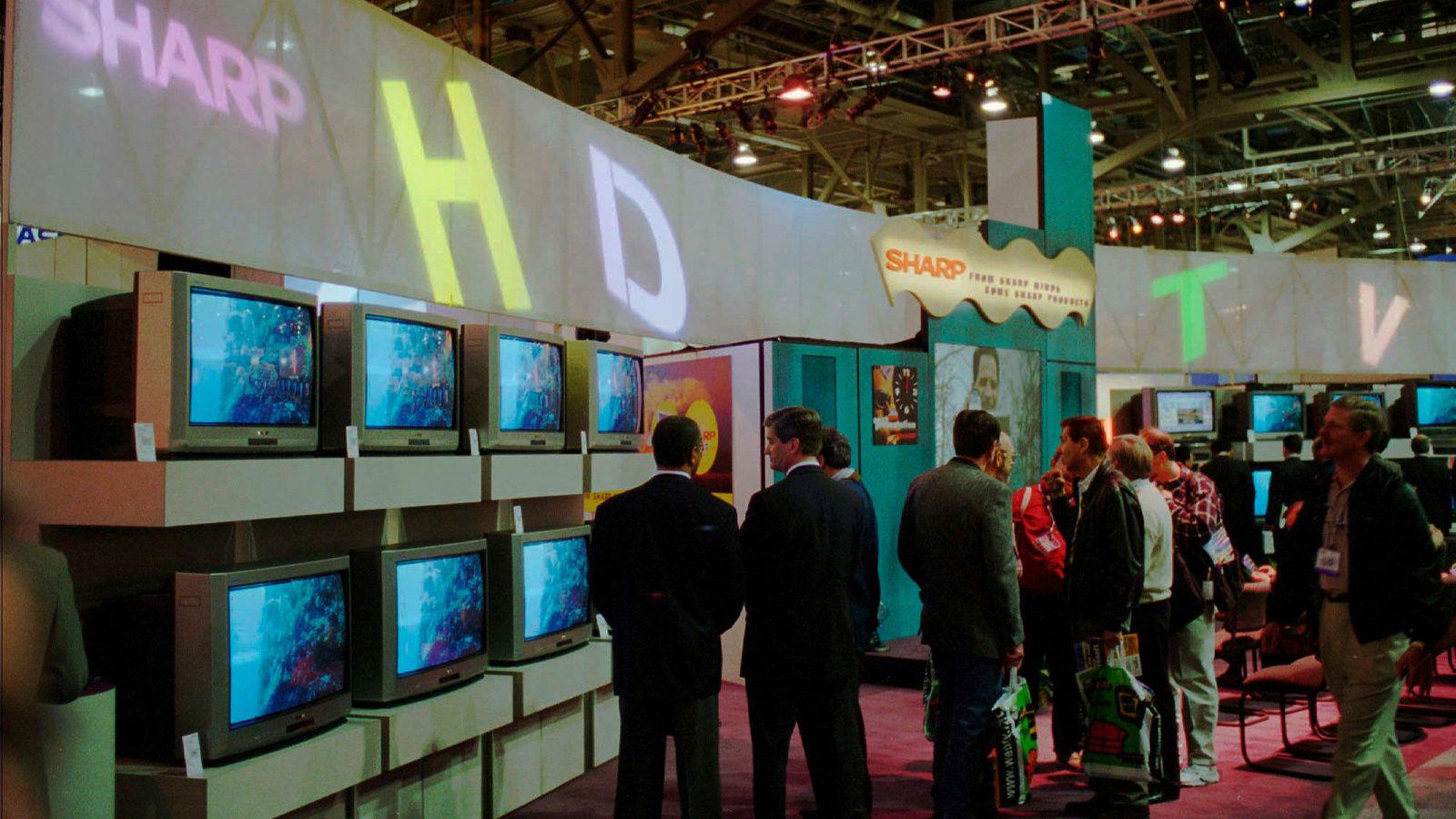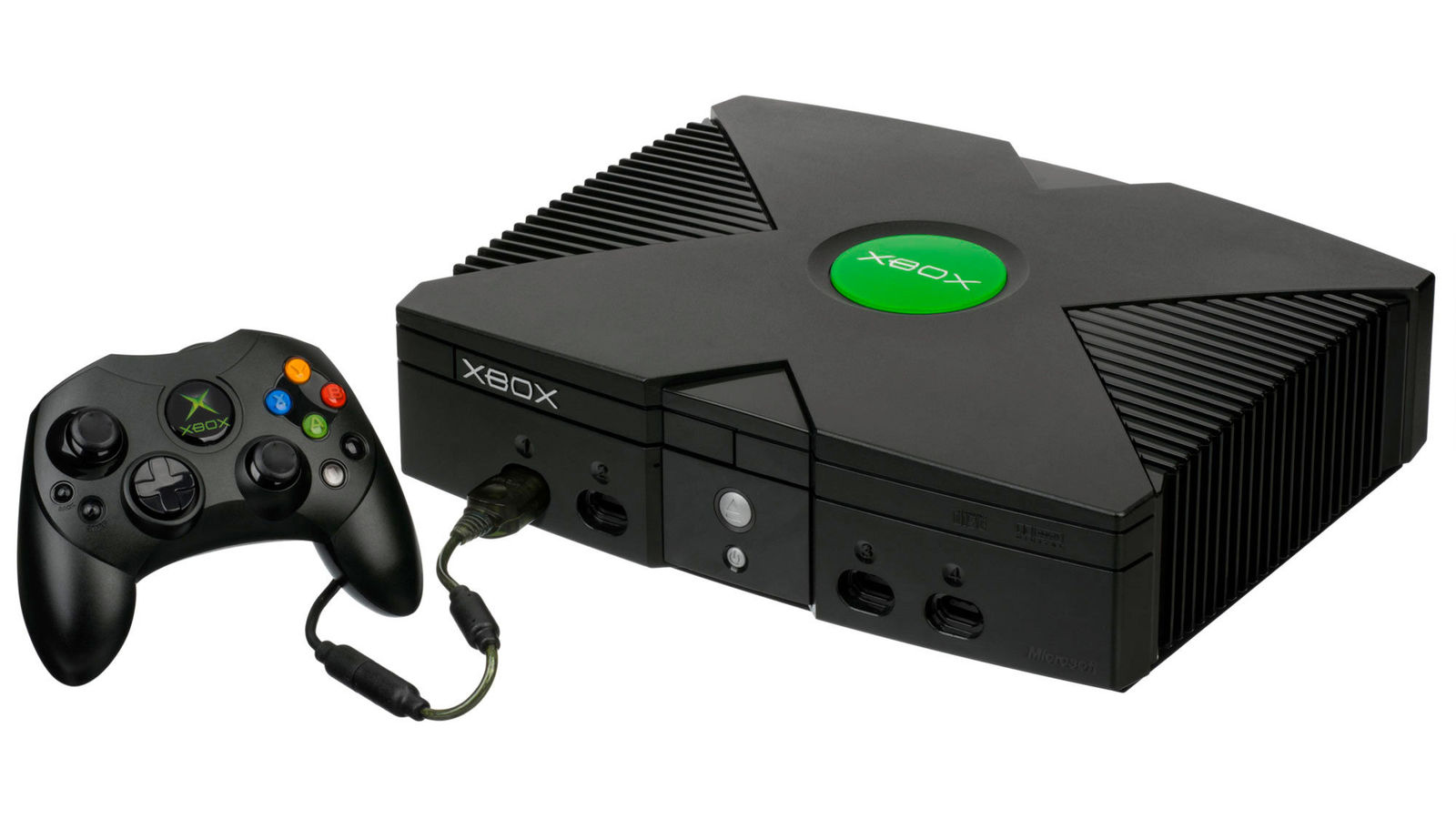An industry event as a trend indicator: For more than 50 years, the Consumer Electronics Show (CES) has served as a global platform for companies to share innovative technologies. In doing so, CES has been networking and inspiring key industries around the world for five decades, highlighting trends that are also becoming increasingly important for Volkswagen in the age of digital mobility. On the occasion of CES 2021, which will be held exclusively digitally for the first time, from January 11 to 14, due to the Corona pandemic, we take a look at the biggest milestones unveiled at the world’s most influential tech event since its founding in 1967.
CES: From tech gadgets to digital mobility
Since its founding in 1967, the Consumer Electronics Show (CES) has become the leading trade show for digital mobility. To mark the start of the first purely digital CES: a look back at highlights from the last 53 years.
The 1960s: CES celebrates its premiere
When CES first meets in New York in June 1967 as an offshoot of the Chicago Music Show, the largest consumer trade show for electronic devices up to that time, it is already clear that something big can happen here. Opened by Motorola executive Bob Galvin, the show presents the efforts of 117 exhibitors in its very first incarnation. It’s the era of the first home entertainment systems, bringing affordable black-and-white TVs, transistor radios, record players and stereos into living rooms.
The 1970s: The invention of the VCR and the home gaming revolution
In the 1970s, the invention of the VCR changes when and how we will watch movies in the future. For the first time, it’s possible to record a TV show directly from the TV to watch at a more convenient time. This capability paves the way for today’s on-demand content providers. In the mid-to-late 1970s, CES also begins to attract computer manufacturers, including Microsoft with the then-emerging Bill Gates. He introduces the first BASIC compiler, which found its way into the Apple II.A compiler is a computer program that translates source codes of a particular programming language into a form that can be executed by a computer. And: With the presentation of the Pong console, Atari also triggers a real revolution of home games in 1975.
The 1980s: CD players and cordless phones
Thus, this boom for home entertainment continues at CES 1984 with the arrival of the Commodore Amiga, which is particularly popular as a home computer in its entry-level form. A year later, Nintendo also enters the market at CES 1985 with the Nintendo Entertainment System (NES). The highlight of the CES for all game fans: the presentation of Tetris at the 1988 CES. Other notable achievements of the 1980s include the presentation of the camcorder and the compact disc player (CD player) at the 1981 CES. In particular, the introduction of the CD, which is intended to replace the vinyl record as an audio format, is received with enthusiasm. The announcement of cordless telephones at CES 1989 also heralds the desire for a more and more networked, digital and mobile world.
The 1990s: High-definition television and the first internet service
In the mid- to late 1990s, the internet becomes more widespread as commercial networks and companies embrace the idea that they can connect and share information. At CES 1997, for example, exhibitor AOL is on its way, as a provider, to launching an early internet service. Television technology also continues to advance. Accordingly, some of the most notable product announcements at CES in the 1990s include the Digital Versatile Disc (DVD) at CES 1996 and high-definition television (HDTV) at the 1998 CES.
The 2000s: The telephone becomes an all-rounder
The desire for freedom, for easy access to information and for real-time connections, marked the beginning of the digital world in the 2000s. Cordless phones give way to battery-powered cell phones, with the ability to send text messages to other devices as well as make phone calls. The devices can perform many different tasks controlled by a simple, single interface. For example, in addition to making simple phone calls, users can now check weather data, set alarm clocks, schedule appointments, share photos and video footage, or track their own location. In addition, the computer games industry continues to boom.
The 2010s: Volkswagen at CES
In the 2010s, connected TVs, smart devices, and the automotive industry’s move towards digital mobility are the focus of interest at CES – especially Volkswagen: At CES 2013, Volkswagen’s Audi brand had already presented prototype vehicles that can cope autonomously on the road without human intervention, and the Volkswagen brand follows suit at CES 2015. With the Golf R Touch, the company is not only presenting the world’s first compact model whose controls are directed by gesture control. With the Connected Golf as the maximum connected car of the moment, Volkswagen also presents a latest-generation infotainment system (MIB II) at the show that integrates a huge range of apps, smartphones, tablets and smartwatches and was awarded the CES Editor’s Choice Award at CES 2015. This is followed at CES 2016 by the world premiere of the BUDD-e, an innovative study based on the MEB modular e-drive system. At this point, the level of press attention already exceeds that of traditional car shows.
At the 50th anniversary event of CES 2017, Volkswagen presents its ideas for the mobility of tomorrow: away from the classic customer-car relationship to a new mobile community in the age of digitalization: intelligently networked and sustainably moved. The connected user with his or her personal digital preferences is at the center of this. In 2018, the Group announces at CES that it will be working with graphics processor developer NIVIDIA to bring artificial intelligence to the car of tomorrow. The highlight is the new ID. BUZZ – the rebirth of the legendary Microbus as an electric van study with AI technology for the cockpit and autonomous driving.
At CES, Volkswagen’s Audi brand also presents a virtual reality offering in 2019 that allows movies and video games to be experienced more realistically than ever before.With this technology, virtual content is adapted in real time to the car’s driving movements. If the car drives through a right-hand bend, for example, the spaceship in the virtual world also flies to the right. If the driver accelerates, the spaceship flies through space at increased speed. The haptic feedback of the real drive makes the virtual experience feel incredibly realistic and intense.
The 2020s until today
Volkswagen’s SEAT brand wins the 2020 Connected Car Award at CES. Over the past 50 years, CES has become the leading trade show for digitization, once covering classic automotive topics and increasingly accelerating their further development. The race is on.
Media
